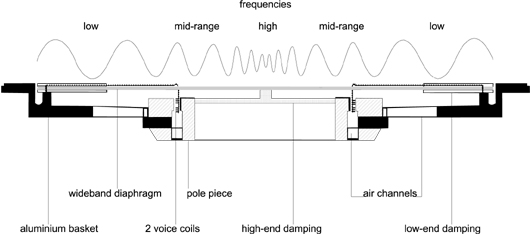not always, for example you can't convincingly emulate different placement of a speaker, quite a lot engineers use single auratone speaker to have a reference of a real mono single source in the middle, not just phantom one. You can't emulate closed box design with bass reflex one, you can't emulate different beam width, you can't make nearfield coaxial monitors sound like a floor standing domestic speakers further away and it's not even a matter of one being better than the other, just different. As far as I know ARC3 only emulates the EQ curves of different speakers, so no nonlinearities are being added, which could be useful if you want to test for example to what extent a low bass would physically excite or distort a small speaker in a given mix.
However it works for some people, for example there's a system controlled by a remote in all Barefoot monitors which changes the overall sound of them to emulate same stuff. I didn't like it when I tried them, as it seemed like just an EQ curve, but it could be usable. Some engineers like Shawn Everett use a multiband compressor plugin just to solo certain bands, it's like soloing subwoofer or a tweeter, to hear what's going on in very specific frequency area but without distractions from the rest of the spectrum.
What I like about referencing is to change the environment all together. So I like to hear mixes in my car because it's boomy (100Hz and around is crucial to get right with it), with road noises drowning the details (so I can hear what's really sticking out), and with skewed stereo field. Or when I'm at home with my laptop, so no bass at all and very close to my face, this also shows a completely different perspective and it's impossible to emulate with software and speakers further away. I have a friend who uses a boombox that sits below the desk and it's playing the other side of the room, he likes to check mixes on it to hear if anything is sticking out, in a way like a passive listener would with music playing in the background.



